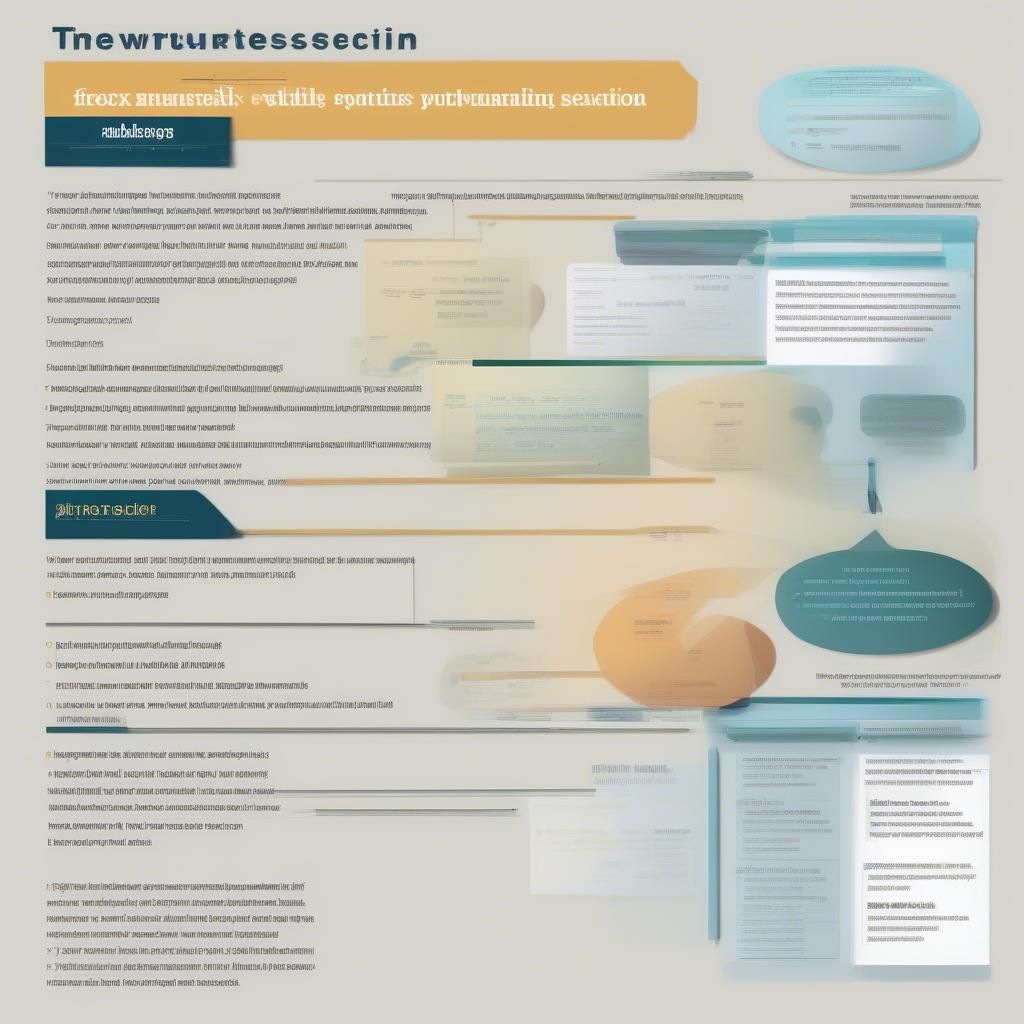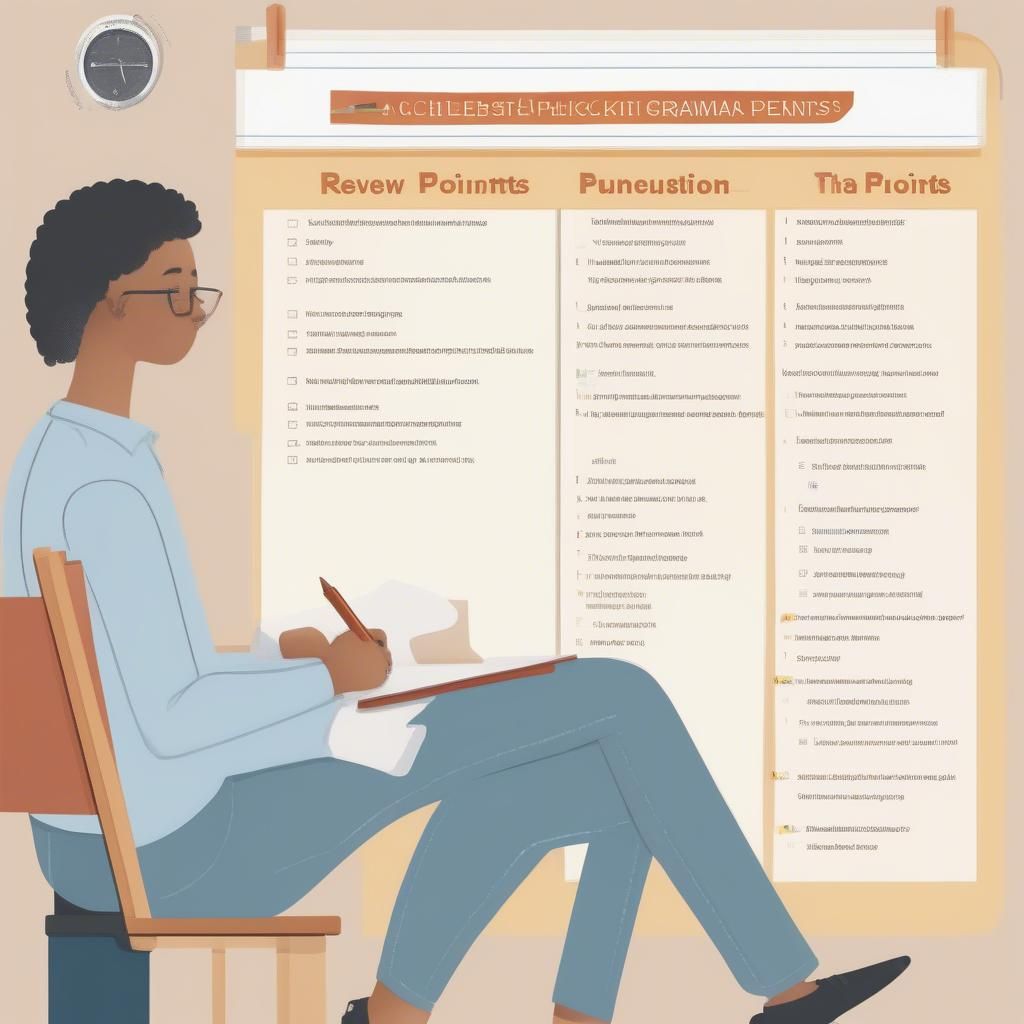The PTE Academic Writing section can be challenging, but with the right strategies, you can significantly improve your performance. This comprehensive guide will explore the best strategies for the PTE writing section, helping you tackle each task with confidence and precision.
Understanding the PTE Writing Section
Before diving into specific strategies, it’s crucial to understand the structure of the PTE Writing section. This part of the test consists of two main tasks:
- Summarize Written Text
- Essay Writing
Each task requires different approaches and skills, but both contribute to your overall writing score.
Summarize Written Text
This task involves condensing a 250-300 word passage into a single sentence of no more than 75 words. It tests your ability to identify main ideas and express them concisely.
Essay Writing
In this task, you’ll have 20 minutes to write a 200-300 word essay on a given topic. It assesses your ability to organize ideas, use proper grammar and vocabulary, and present a coherent argument.
 Overview of PTE Writing Section
Overview of PTE Writing Section
Now, let’s explore the top strategies to excel in both these tasks.
Strategy 1: Practice Time Management
One of the most critical strategies for success in the PTE writing section is effective time management. Here’s how to approach each task:
-
Summarize Written Text: Allocate 10 minutes
- 2-3 minutes for reading and understanding the text
- 5-6 minutes for drafting your summary
- 1-2 minutes for reviewing and editing
-
Essay Writing: Allocate 20 minutes
- 2-3 minutes for planning and outlining
- 15 minutes for writing
- 2-3 minutes for reviewing and editing
Remember, practice makes perfect. Regular timed practice will help you become more comfortable with these time constraints.
Strategy 2: Master the Art of Paraphrasing
Paraphrasing is a crucial skill for both writing tasks. It involves restating ideas in your own words without changing the original meaning. Here are some tips to improve your paraphrasing:
- Understand the text thoroughly before attempting to paraphrase
- Use synonyms and different sentence structures
- Change the order of ideas if possible
- Break down complex sentences into simpler ones
- Avoid copying phrases directly from the original text
Dr. Emily Johnson, a renowned PTE expert, emphasizes, “Effective paraphrasing not only helps you avoid plagiarism but also demonstrates your language proficiency to the examiners.”
 Paraphrasing Techniques for PTE Writing
Paraphrasing Techniques for PTE Writing
Strategy 3: Develop a Strong Essay Structure
For the essay writing task, having a clear and logical structure is key. Follow this basic outline:
-
Introduction
- Hook sentence
- Background information
- Thesis statement
-
Body paragraphs (2-3)
- Topic sentence
- Supporting details
- Examples
- Transition to next paragraph
-
Conclusion
- Restate thesis
- Summarize main points
- Final thought or call to action
Prof. Michael Lee, a PTE writing instructor, advises, “A well-structured essay not only makes your argument clearer but also helps you write more efficiently under time pressure.”
Strategy 4: Expand Your Academic Vocabulary
Using a wide range of vocabulary accurately can significantly boost your score in the PTE writing section. Here are some ways to enhance your vocabulary:
- Read academic articles and note down new words
- Use a thesaurus to find synonyms for common words
- Learn word families (e.g., analyze, analysis, analytical)
- Practice using new words in context
- Focus on collocations (words that often go together)
Remember, it’s not just about knowing many words, but using them correctly and appropriately.
Strategy 5: Perfect Your Grammar and Sentence Structure
Correct grammar and diverse sentence structures are crucial for achieving a high score. Here are some tips:
- Review common grammar rules regularly
- Practice using a variety of sentence types (simple, compound, complex)
- Use connecting words to improve flow between sentences
- Proofread your writing carefully for grammatical errors
- Pay attention to subject-verb agreement and tense consistency
 Grammar Checklist for PTE Writing
Grammar Checklist for PTE Writing
Strategy 6: Focus on Coherence and Cohesion
Coherence refers to the logical flow of ideas, while cohesion is about connecting sentences and paragraphs smoothly. To improve these aspects:
- Use transition words and phrases effectively
- Ensure each paragraph focuses on one main idea
- Link your ideas logically
- Use referencing words (it, this, these, etc.) correctly
- Maintain a clear line of argument throughout your writing
Dr. Sarah Thompson, a linguist specializing in academic writing, notes, “Coherence and cohesion are often overlooked, but they can make the difference between an average and an excellent piece of writing.”
Strategy 7: Practice Summarizing Techniques
For the Summarize Written Text task, try these techniques:
- Identify the main idea and key supporting points
- Highlight key words and phrases
- Create a rough outline before writing
- Start your summary with a clear topic sentence
- Combine ideas using complex sentence structures
- Ensure your summary covers all main points concisely
Remember, the goal is to capture the essence of the text in one well-constructed sentence.
Strategy 8: Develop Critical Thinking Skills
Critical thinking is essential for both writing tasks. It helps you analyze information, form opinions, and present arguments effectively. To improve your critical thinking:
- Practice analyzing various types of texts
- Consider multiple perspectives on a topic
- Question assumptions and evaluate evidence
- Look for cause-and-effect relationships
- Draw logical conclusions based on given information
Strategy 9: Use Templates Wisely
While templates can be helpful, it’s important to use them judiciously. Here’s how to make the most of templates:
- Understand the purpose of each part of the template
- Adapt the template to fit the specific question or topic
- Use varied language to avoid sounding repetitive
- Personalize the template with your own ideas and examples
- Practice using templates until they become second nature
Prof. David Brown, a PTE preparation expert, cautions, “Templates can be a double-edged sword. Use them as a guide, but make sure your writing still sounds natural and personalized.”
essay-template-adaptation|Adapting Essay Templates for PTE Writing|An infographic showing how to adapt an essay template. The image displays a basic template structure on the left, with arrows pointing to a customized version on the right. It highlights areas where personal examples, specific vocabulary, and unique ideas can be inserted to make the essay more original while maintaining a strong structure.
Strategy 10: Review and Edit Effectively
With limited time, efficient review and editing are crucial. Follow these steps:
- Read your writing from start to finish
- Check for grammatical errors and typos
- Ensure you’ve answered the question fully
- Verify that your ideas flow logically
- Make sure you’ve used a variety of vocabulary and sentence structures
- Confirm that you’ve stayed within the word limit
Remember, even a quick review can catch major errors and improve your overall score.
Conclusion
Mastering the PTE writing section requires a combination of skills, practice, and strategic thinking. By implementing these best strategies for the PTE writing section, you’ll be well-equipped to tackle both the Summarize Written Text and Essay Writing tasks with confidence. Remember to practice regularly, stay focused on improving your weak areas, and approach each task with a clear strategy. With dedication and the right approach, you can significantly boost your PTE writing score and move closer to achieving your academic and professional goals.
FAQs About PTE Writing Strategies
-
How can I improve my typing speed for the PTE writing section?
Practice typing regularly using online typing tools. Aim to type at least 40 words per minute to comfortably complete the tasks within the time limit. -
Is it okay to use personal examples in the essay writing task?
Yes, personal examples can be effective if they’re relevant and support your argument. However, ensure they’re appropriate for an academic context. -
How important is word count in the PTE writing section?
Very important. Staying within the word limit is crucial. For the essay, aim for 200-300 words, and for the summary, don’t exceed 75 words. -
Should I use complex vocabulary to impress the examiners?
Use advanced vocabulary where appropriate, but prioritize accuracy and clarity. It’s better to use simpler words correctly than to misuse complex ones. -
How can I practice for the PTE writing section at home?
Use official PTE practice materials, online resources, and writing prompts. Set a timer to simulate exam conditions and regularly review your work or get feedback from others.